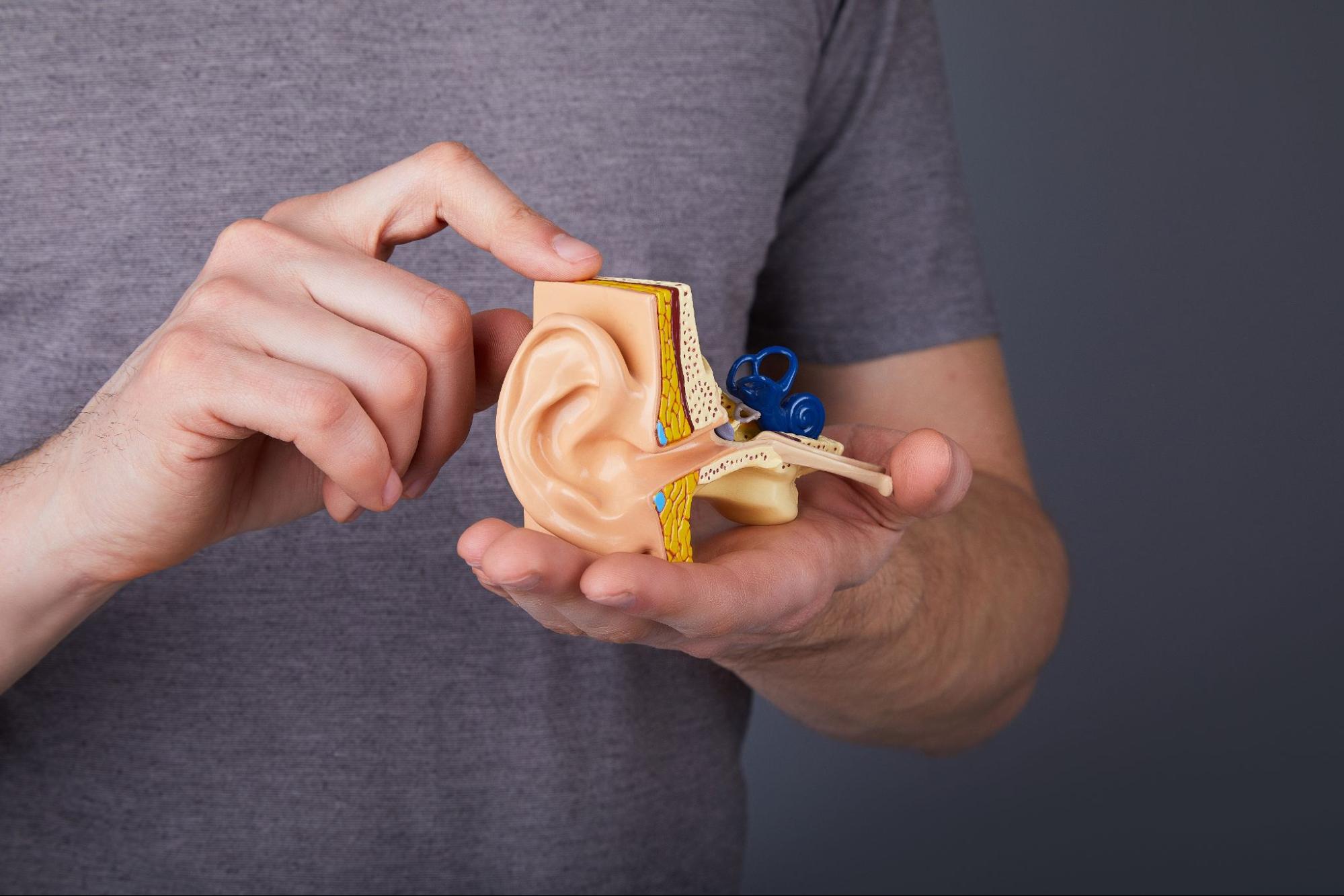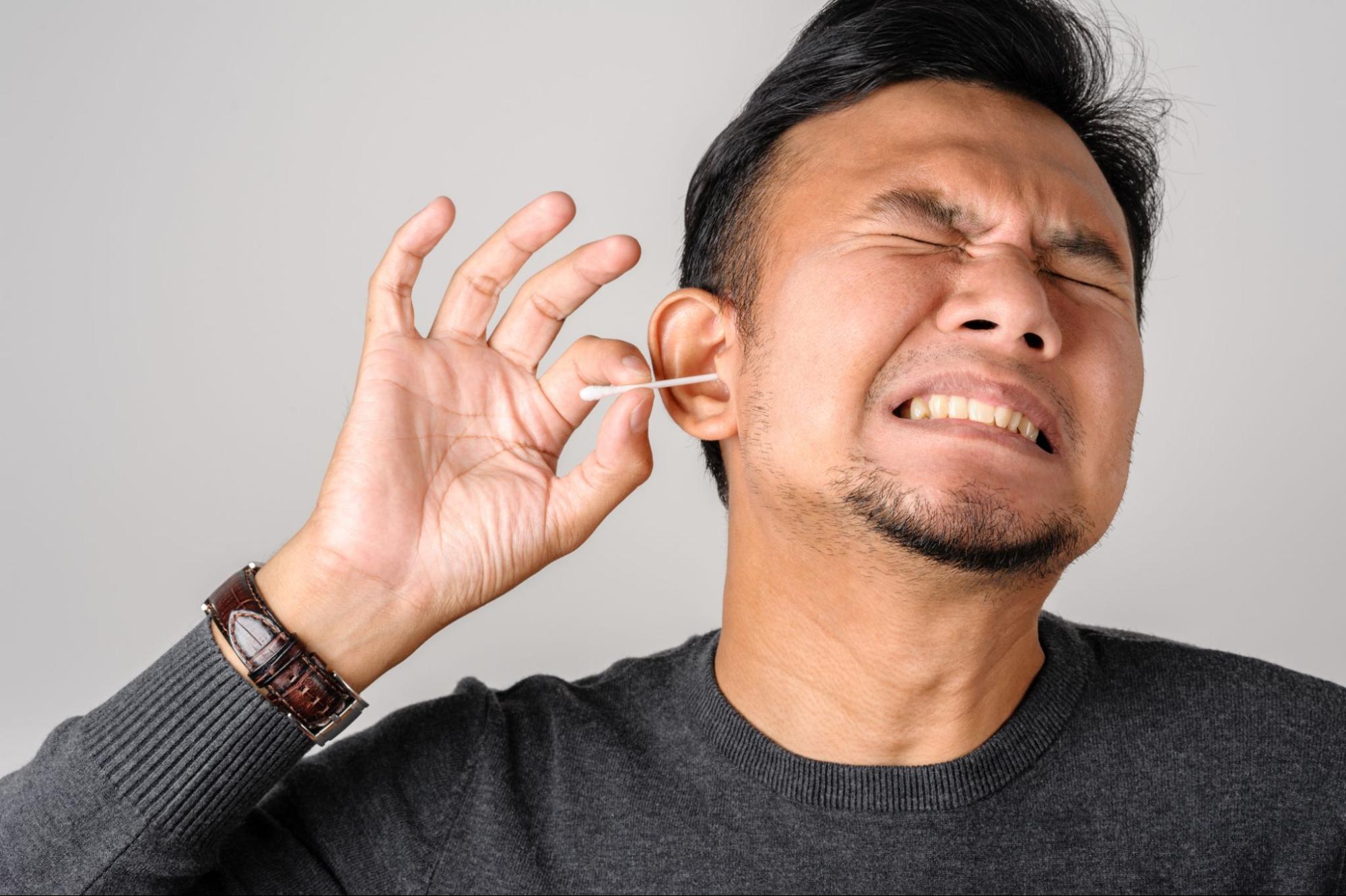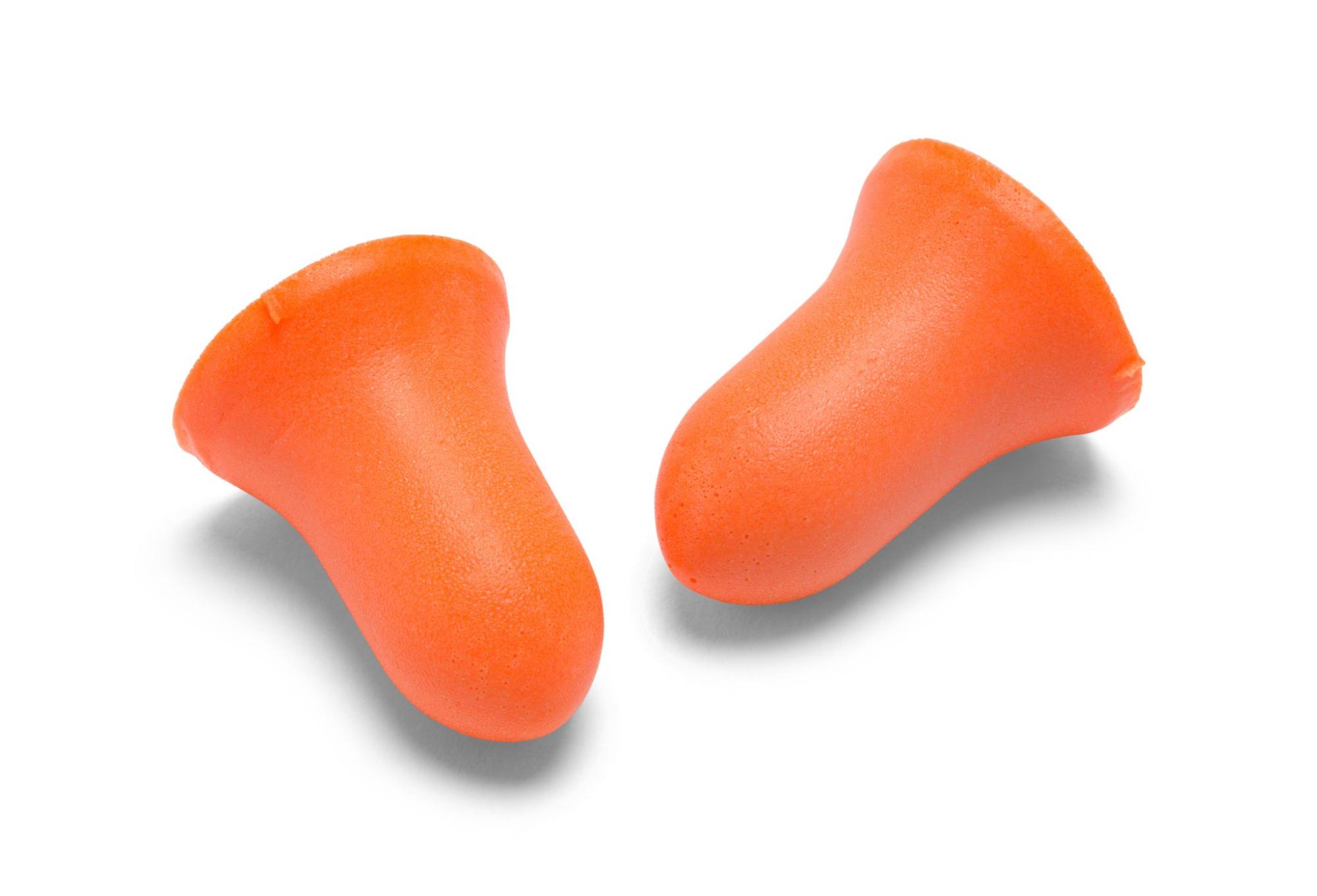Having water in your ear can be uncomfortable. Your ears may feel blocked, and hearing may be difficult. You may also feel as though the water is moving around inside your ears. If there is a lot of water in your ear, it may also be painful. If it doesn’t drain quickly, it can cause an ear infection. You can get water trapped in your ears when you are showering or swimming. It becomes more easily trapped if you have a build-up of wax in your ear canals.
Do you want to know how to get water out of your ears? In this article, you can find out how water can enter your ears and become trapped, as well as the damage it can cause if left there. You will also learn several ways to safely remove trapped water and how to prevent it from entering your ear canal again.
How to Get Water Out of Your Ear
The ear canal, or external auditory canal, is the passage that connects the outer ear to the eardrum. Water can enter the ear canal when you submerge your ears in water — for example, when you are swimming or taking a shower. As well as feeling uncomfortable, a water-clogged ear can affect your ability to hear clearly.
If you leave water in your ear canal, it can lead to a condition known as swimmer’s ear, also called otitis externa. This is an infection that affects the outer ear canal. It develops when trapped water creates a moist environment that encourages the growth of bacteria.
Here are some ways to remove trapped water from your ear canal.
Rub Your Earlobe
Gently rubbing or pulling on your earlobe and moving your head from side to side can help to drain water from your ears. Turning your head to one side can also help because it straightens out your ear canal, making it easier for water to flow out.
Cup Your Ears
You can create a vacuum by cupping the palm of your hand over the affected ear and tilting your head from side to side. Although cupping and releasing your ear can create a vacuum that can draw water from your ear canal, you should do it gently. If you do it too quickly, it could damage your eardrum.
Dry With a Blow Dryer
Turn your hair dryer to its lowest setting. Hold it at least a foot away from your ear. This will gently dry your ear canal without causing any damage.
Let Gravity Help
Jumping up and down on the spot can dislodge water. You can also make the most of gravity by lying down on the side of your affected ear. Often, water will drain out quite quickly.
Use Hydrogen Peroxide Ear Drops
A diluted solution of hydrogen peroxide can help. A 3% hydrogen peroxide solution can help to prevent a buildup of earwax and reduce your chance of water-clogged ears. Half-fill an ear dropper and drip it gently into the affected ear. Allow it to fizz for several seconds, then turn your head to the side. Gently pull back the top of your ear to allow your ear canal to drain.
Use a Warm Compress
You should use a dry warm compress for a water-logged ear. You can use a heating pad or a warm towel. You can also half-fill a sock with rice and microwave it for 30 seconds. Placing the warm compress over the affected ear can help to open the eustachian tube and drain water.
Move Your Jaw
Yawning or chewing gum can sometimes clear water from your eustachian tube. Yawning naturally opens the eustachian tube. This balances the pressure within and outside your eardrum.
Use Steam
Fill a bowl with steaming water. Holding your head over the bowl and covering it with a towel may help. You should inhale the steam for 10 minutes, gradually turning your head from side to side.
Use the Valsalva Maneuver
This is a breathing technique you can use to clear water from the ear. It unblocks ears by equalizing the air pressure in your ear canals.
Use the following steps to perform the Valsalva maneuver:
- Sit or lie in a comfortable position.
- Take a deep breath and hold it in.
- Pinch your nose so that no air can escape.
- Press your lips together.
- Pinch your nose shut.
- Close your mouth.
- Breath out as hard as you can.
- Bear down hard, as if you’re trying to go to the bathroom.
- Do this for 10-15 seconds. If it doesn’t work the first time, wait at least a minute before repeating.
What Not to Do When Removing Water From Your Ear
You should not try to remove trapped water from your ears in the following ways:
- Using a cotton swab or Q-tip
- Putting our finger in your ear
- Candling
These could damage your inner ear or add bacteria and cause an infection.
When to See a Doctor for Water In Your Ear
When water stays in your ear, it can develop into an ear infection. You should seek medical advice if you experience any of the following symptoms:
- Inflammation of the outer ear
- Itching in the ear
- Pain when you touch your earlobe
- Yellow or green fluid draining from your ear
- Swollen neck glands
- Hearing loss
- A blocked ear
- Mild fever
How to Prevent Water-Clogged Ears
You can prevent water from entering your ears while you are swimming by wearing a swim cap. You can also wear earplugs when you are swimming and bathing. You can purchase them from your local pharmacy.
Disposable foam earplugs are not suitable for swimming because they don’t keep the water out. For use in the pool, you’ll want to choose silicone earplugs instead. Silicone putty earplugs are washable and will generally last for several weeks. Pre-molded silicone earplugs are also washable and will last a little longer.
Alternatively, you can talk to your doctor about earplugs designed for use in water and customized to fit the shape of your ear. Although customized earplugs are more expensive than over-the-counter ones, they are more comfortable, you can wash and reuse them, and they will last between three and five years.
Keep Your Ears Dry to Avoid Infection
A water-logged ear can be irritating. Fortunately, water is usually easy to remove from your ear without medical assistance. You can use at-home remedies such as rubbing your earlobe, letting gravity help, or using the Valsalva maneuver. The important thing is to clear it as soon as possible so you don’t end up with an infection like swimmer’s ear.
You can also use a swim cap or earplugs to prevent water from getting in your ears when you swim or bathe.
If you’re experiencing hearing loss that’s not caused by water in your ear, take FreeHearingTest.org's free hearing screening test today. It takes only five minutes, and you can take it over a mobile phone or a landline in the comfort of your own home. You can also take a free online hearing screening test at MDHearingAid.com.

Corinna Underwood
Freelance Writer
Corinna Underwood is uprooted from the UK and transplanted in the USA. She has been writing about health and wellness for twenty years. She also writes mystery novels.





